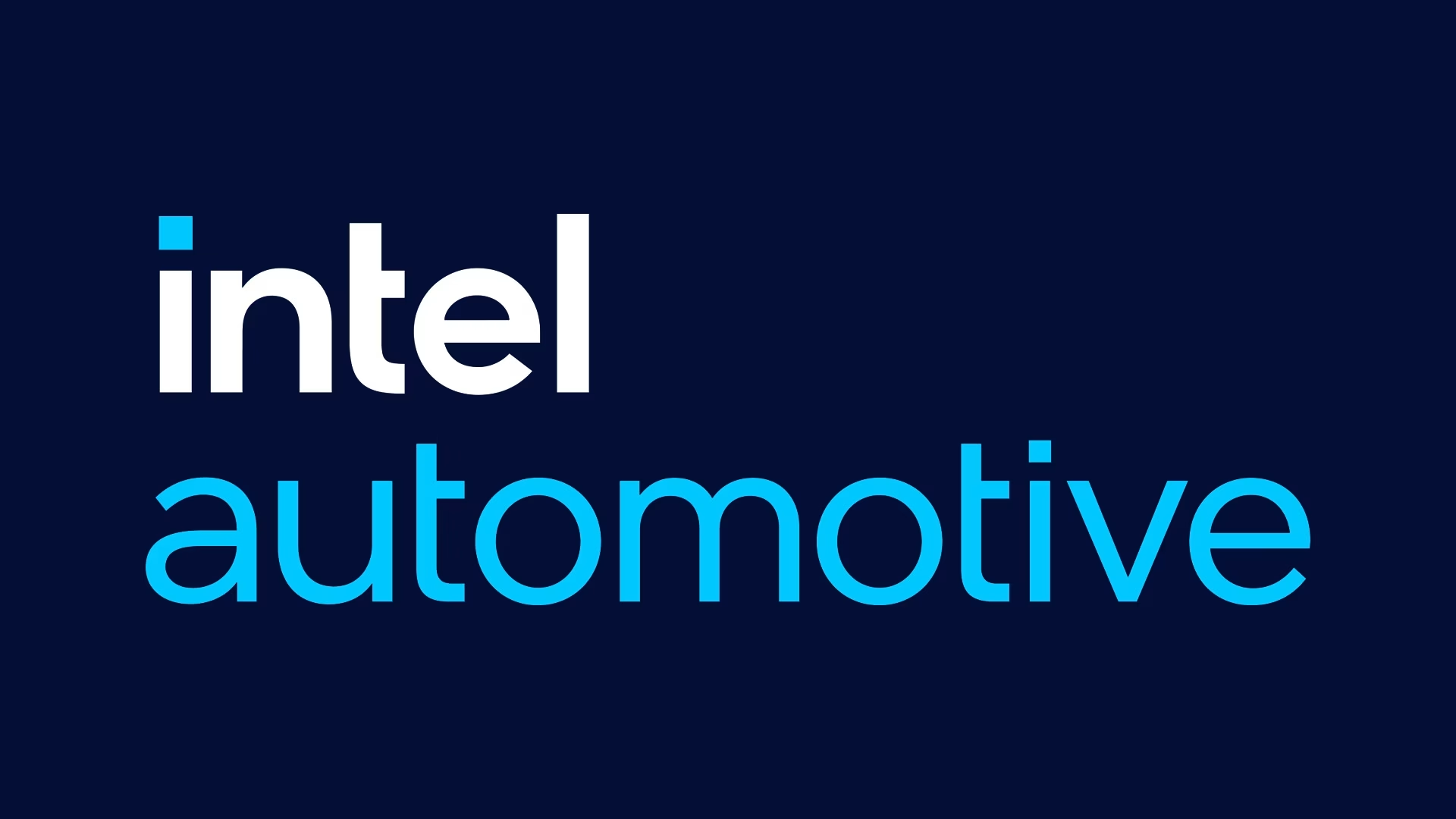Intel's Strategic Retreat: Unpacking the Closure of Its Automotive Chip Business
Well, here we are again, watching a tech titan make a significant strategic pivot. Intel, a name synonymous with silicon and computing power, has officially announced it's winding down its automotive chipmaking business. For anyone who's been following the semiconductor industry, this isn't just another corporate reshuffle; it's a telling move that speaks volumes about the brutal realities of today's tech landscape and Intel's renewed focus. It's a big deal, and honestly, it's been brewing for a while, hasn't it?
The Big Pivot: Why Now?
At first glance, it might seem counterintuitive. The automotive sector, particularly with the rise of electric vehicles and autonomous driving, is supposed to be a booming market for chips. So why would a company like Intel, with its deep engineering prowess, pull out? The answer, as is often the case in business, comes down to focus and profitability. Under CEO Lip-Bu Tan, Intel is clearly doubling down on its core strengths: client computing and data center technologies. These are the segments where Intel has historically dominated and, frankly, where the margins are likely more attractive and consistent.
This decision isn't happening in a vacuum. It's part of a much larger, sweeping restructuring effort aimed at cutting costs and streamlining operations. We're talking about significant workforce reductions, with reports indicating layoffs are already underway in California and a substantial 20% job cut expected globally by July. That's over 10,000 employees. It's a tough pill to swallow for those affected, no doubt, but from a corporate perspective, it's a clear signal that Intel is shedding non-core assets to become leaner and more agile. Sometimes, you just gotta trim the fat to run faster.
The Shifting Sands of the Automotive Industry
It's also crucial to consider the context of the automotive industry itself. While it's growing, it's also incredibly complex and, at times, volatile. We've seen persistent supply chain disruptions, which have plagued car manufacturers for years. And then there's the monumental shift towards electric vehicles (EVs) and increasingly sophisticated in-car technology. This transition requires specialized chips, often with different architectures and development cycles than traditional computing.
Intel, despite its attempts, never quite managed to carve out a dominant, profitable niche in this highly competitive space. Think about it: you've got established players like NXP, Renesas, and Infineon, plus newer entrants and even carmakers developing their own silicon. It's a crowded field, and perhaps Intel realized that the investment required to truly compete and lead in automotive chips wasn't yielding the returns they needed, especially when compared to their bread-and-butter businesses. It’s a classic case of opportunity cost, isn't it?
Beyond the Headlines: Understanding the Impact
The immediate impact, of course, falls on the employees. Layoffs are never easy, and the human cost of these corporate decisions is always significant. California, where much of Intel's automotive division is based, will feel this directly. But the ripple effects extend further.
Ripple Effects on the Automotive Supply Chain
What does this mean for the automotive industry's supply chain? Intel wasn't the biggest player, but they were a player. Their exit could create a minor void, or at least some adjustments, for car manufacturers who were relying on their solutions. Will other semiconductor companies step up to fill this gap immediately? Probably. The market abhors a vacuum, and competitors are always looking for an opening. However, any shift in suppliers can introduce complexities and delays, even if minor. It's a reminder of how interconnected our global supply chains truly are.
Intel's Evolving Strategy: A Pattern Emerges
This isn't the first time Intel has made bold moves to redefine itself. We saw hints of this strategic direction back in 2024 when they announced plans to make their manufacturing operations an independent subsidiary. That move, much like this one, signaled a trend towards specialization and efficiency. It's about focusing on what they do best and shedding what isn't performing up to par or doesn't align with the long-term vision.
The semiconductor landscape is a brutal arena. It demands relentless innovation, massive capital expenditure, and razor-sharp focus. Trying to be everything to everyone, especially when you're facing stiff competition from all sides—from AMD in CPUs to Nvidia in AI and graphics—can dilute your efforts. This latest move suggests Intel is serious about streamlining its portfolio and concentrating its formidable resources on areas where it believes it can truly win and drive significant growth. It's a high-stakes game, and Intel's playing to its strengths.
Looking Ahead: What Does This Mean for Intel's Future?
So, where does this leave Intel? By exiting the automotive chip business, the company aims to streamline its operations, reduce overhead, and potentially improve its overall profitability. The hope is that a more focused Intel will be a stronger, more competitive Intel. It allows them to pour more resources, both financial and human, into developing next-generation processors for PCs and servers, and expanding their foundry services.
